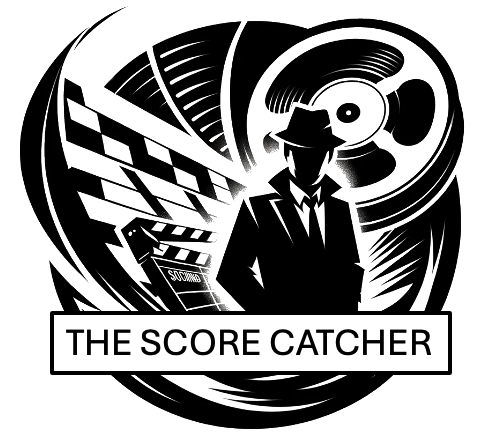Thursday, Film4, 6:40pm
When Indiana Jones and the Kingdom of the Crystal Skull (2008) hit screens nearly two decades after its predecessor, fans of the whip-cracking archaeologist were left in a perplexing quandary. Gone were the Nazi-punching, artifact-recovering thrills, replaced by... extraterrestrial skulls? This was not just a pivot in storytelling, but a curious leap into the wild world of 1950s sci-fi, evoking B-movie thrills rather than the grounded, historical adventure fans expected.

Set in 1957, Crystal Skull immerses us in the post-war era, when paranoia over nuclear warfare and UFO sightings was at its height. To the film’s credit, it’s historically in tune with the atomic age's cultural zeitgeist, giving us Cold War tensions with the Soviets and a delightful nod to The Day the Earth Stood Still. However, the problem lies in how Jones is thrust from battling real-world political forces to confronting aliens (sorry, “interdimensional beings”). For a character steeped in mythic history—the Ark of the Covenant, the Holy Grail—this sci-fi twist feels like a betrayal of his archaeological roots. The climax, which feels more at home in Close Encounters than Raiders of the Lost Ark, veers off into the fantastical rather than the legendary.
John Williams, as always, remains the film’s savior, delivering a score that balances nostalgia with 1950s flourishes. His iconic Indy theme soars through the film like a reassuring old friend, while hints of theremin—a staple of 1950s sci-fi—wade delicately through the new alien territory. But, while Williams bridges the gap between genres, one can’t help but feel that Indy himself is a man out of time, lost in an adventure more suited to Mulder and Scully than Dr. Jones.
Tom Hanson
